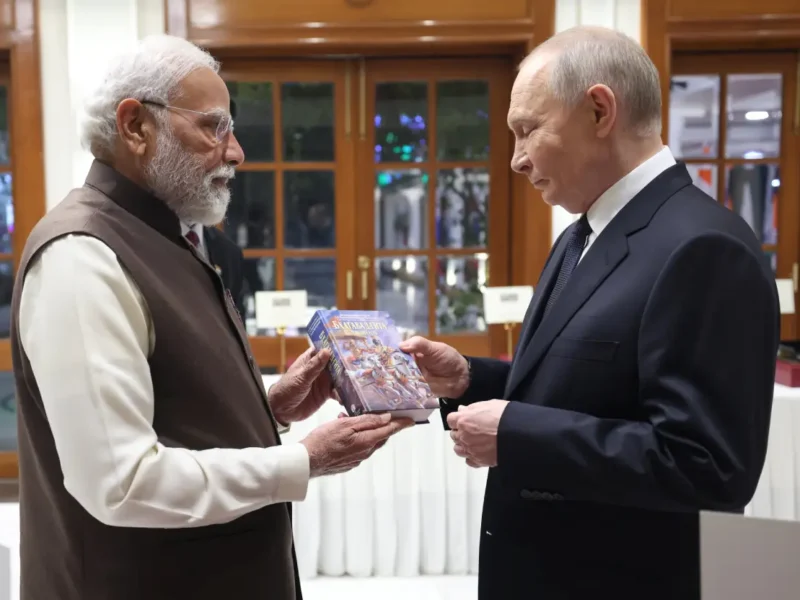
Archaeologists Dig Up 5th-century City In Jharkhand
RANCHI (IANS) -Hundreds of artifacts excavated by the Archaeological Survey of India (ASI ) from Benisagar, a village 85 kilometers from Jharkhand’s West Singhbhum district, suggest continuous habitation from the fifth century A.D. to 16-17 century A.D.
The ASI has included Benisagar in the list of the 100 most prominent archaeological monuments of the country.
The place was first visited by Colonel Tickell of the British Army in 1840, and in 1875 AD, historian J.D. Beglar visited Benisagar and found some sculptures here. On the basis of these idols, he ascribed the date of the site to the 7th century A.D. Historian KC Panigrahi also published a paper in 1956 about the archaeological remains.
This place was named Benisagar because of a huge pond of size 300 by 340 meters, about which legend is prevalent in the local areas that it was built by a king named Beni or Benu.
Excavations carried out by the ASI towards the south-east and eastern embankment of this tank have brought to light many sculptural remains including two Panchayatan temple complexes, images of Surya, Bhairava, Lakulisha, Agni, Kuber, etc.
Apart from these, a stone seal has also been found at the site, which has the inscription “Priyangu Dheyam Chatuvidya (Chaturvidya)”, indicating there was a person named Priyangu, who was well-versed in the four Vedas. The script of the inscription is Brahmi and the language is Sanskrit.
Some scholars are of the view that the seal recovered from Benisagar shows that it was a center of learning, where four Vedas were taught. Moreover, the recovery of stones denoting Kama and copulation scenes, indicate that sex education was not a taboo during that time. Historians believe that Benisagar must have been an area under the influence of Tantrism and Shaivism.
Excavations and remains found at Benisagar confirm that it must have been under the rule of the king of Odisha. The temple architecture here can be compared to the Rekha Deula type of architecture prevalent in Odisha.



